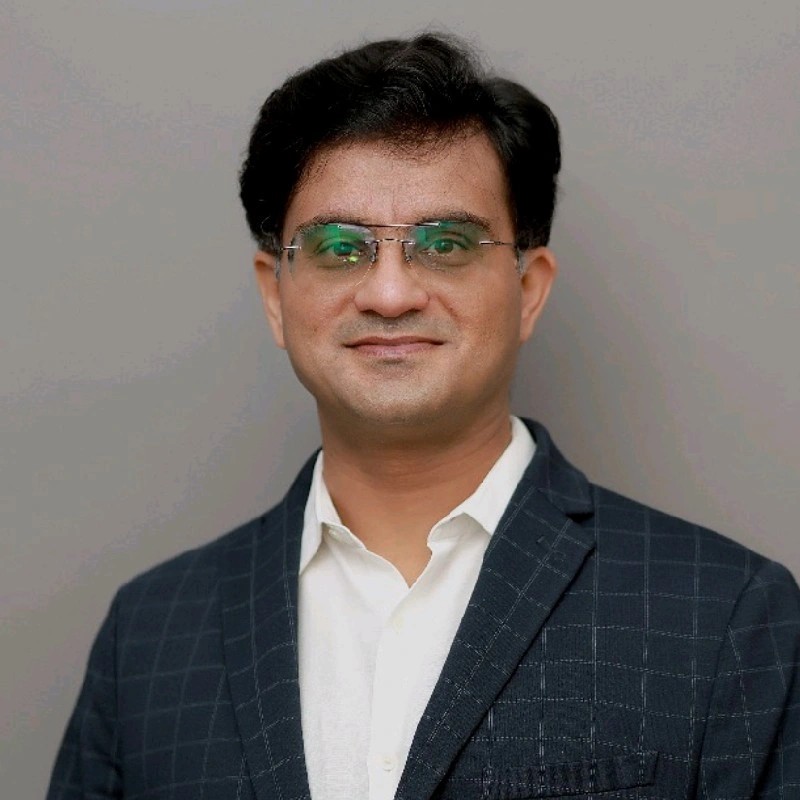Microsoft channel partners play a crucial role in the digital transformation of companies by acting as strategic advisors and technical experts. The approach to this transformation has evolved significantly, moving beyond simply upgrading core systems to a more strategic, layered model. This shift is encapsulated by a concept known as Peripheral Automation, a framework that aligns technology adoption with strategic advantage and enables confident scaling. In an insightful conversation with CMR, Manish Godha, Founder & CEO of Advaiya, recently shared his perspective on this evolution after two decades in the business.
A New Strategic Framework: Context, Competence, and Care
The foundation of this modern approach isn’t just about the technology itself, but the principles guiding its implementation. Godha’s firm operates on a three-pronged promise: context, competence, and care.
- Context involves a deep understanding of a client’s specific business landscape, including their challenges and opportunities.
- Competence refers to the expertise required to craft solutions that are both innovative and practical.
- Care emphasizes a commitment to long-term client success, ensuring that solutions are meaningful and sustainable.
These principles inform a strategy where robust core systems are integrated with dynamic, adaptable applications. This layered approach allows businesses to grow by implementing technology systems that are both solid and flexible. For example, by incorporating AI-driven workflows into existing systems, a company can achieve immediate gains in efficiency while also building a foundation for future transformation without disrupting current operations. This strategy is about balancing immediate needs with long-term capability building.
The Power of Peripheral Automation
Peripheral Automation is the cornerstone of a modern digital transformation strategy. Instead of a “rip-and-replace” mentality, this framework focuses on building, extending, and integrating solutions around a business’s existing core systems. It uses technologies like AI, data analytics, and composable architectures to create a competitive edge. The goal is to leverage technology to enhance decision-making, improve customer experiences, and boost productivity. This leads to what Godha describes as true digital transformation, a state where technology drives both current performance and future agility.
This approach is particularly beneficial for a range of industries, from construction and manufacturing to professional services, allowing them to tackle complex challenges in areas like customer engagement and operations management. The shift in the industry over the past 20 years has been from monolithic solutions to these more adaptive, composable systems that reduce risk and enable confident scaling.
Looking Ahead: The Future of Business Solutions
The next phase of growth will be driven by a focus on industry specialization and innovative, scalable solutions. Godha’s outlook for the future includes a significant investment in AI-driven automation and composable architectures. These technologies are key to delivering immediate impact and equipping businesses with the digital agility needed for the future.
Ultimately, the goal is to create lasting value by empowering organizations to unlock performance and thrive in an increasingly data-driven world. The journey of digital transformation is no longer a one-time project but a continuous process of evolution, driven by a strategic combination of human-centric principles and cutting-edge technology.













